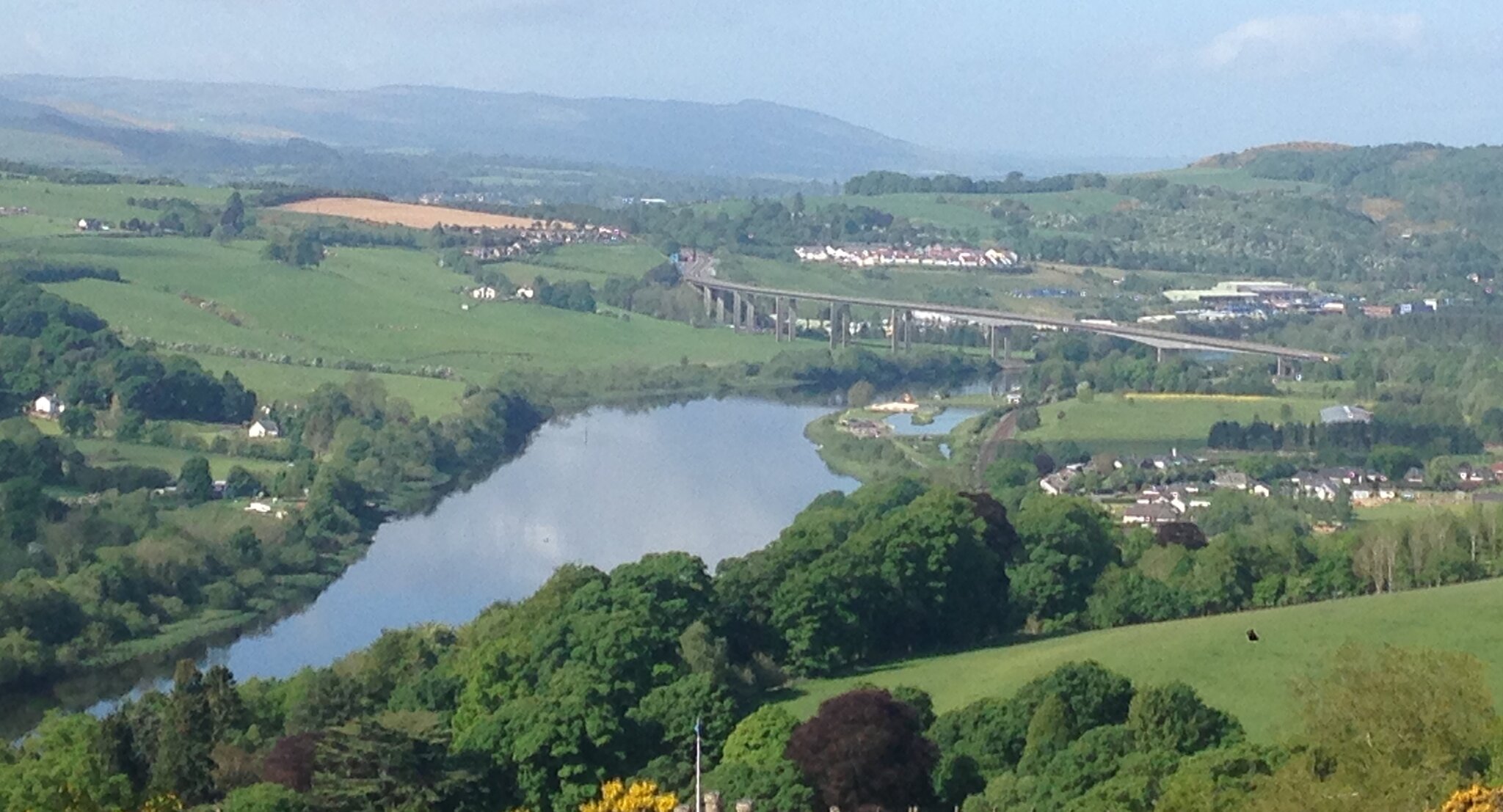Tayside - A Brief Insight
Tayside CAMRA today (see About Us) is loosely based on the former Tayside region, which was created in 1975 under the Local Government (Scotland) Act 1973. Tayside region covered the whole area of the counties of Angus, Dundee (which was a county of a city), Kinross-shire and most of Perthshire. Tayside region was divided into three districts: Angus, Dundee, and Perth and Kinross.
Tayside region was abolished in 1996 under the Local Government etc. (Scotland) Act 1994, which replaced regions and districts with unitary council areas. Each of Tayside's three districts became a separate council area, with some adjustments to boundaries around Dundee.
Healthcare across the region continues to be provided by NHS Tayside, which is headquartered at Ninewells Hospital in Dundee; one of the largest hospitals in the world.
The River Tay
The Tay, after which both the region and the Branch is named, is the longest river in Scotland and the seventh-longest in Great Britain. It originates in western Scotland, then flows easterly under changing names across the Highlands to Loch Tay, then continues east under the name of the River Tay through the centre of Scotland, before heading south-easterly through Perth, which was its lowest bridging point historically. Below Perth, the river is tidal and becomes the Firth of Tay, where Dundee, the largest city on the river, lies on the north bank.
By the time it reaches the North Sea, the River Tay has flowed 120 miles (190 km) from west to east across central Scotland.
It is the largest river in the United Kingdom by measured discharge, with a catchment of approximately 2,000 square miles (5,200 square kilometres).
The river is both a Site of Special Scientific Interest (SSSI) and a Special Area of Conservation. A section of the Tay surrounding the town of Dunkeld is designated as a national scenic area (NSA),
Of the many bridges across the Tay, most famously, in the 19th century, the Tay Rail Bridge was built across the firth at Dundee as part of the East Coast Main Line, which linked Aberdeen in the north with Edinburgh and ultimately London to the south. The bridge officially opened in May 1878. On 28 December 1879 the bridge collapsed as a train passed over. The entire train fell into the firth, with the loss of 75 passengers and train crew. The bridge was rebuilt, with the replacement bridge opening on 11 June 1887.
Also famous is the Tay Road Bridge, one of the longest road bridges in Europe, which carries the A92 road between Dundee and Fife, and opened on 18 August 1966.
Most recently, after many years in planning and delivery, the Cross Tay Link Road project, with Destiny Bridge and New Kingsway, opened in March 2025 linking the A9, the A93 and the A94 by providing a crossing over the River Tay north of Perth (near Scone).
Perth Transport Futures
The Courier P+K.
The River Tay is internationally renowned for its salmon fishing and is one of the best salmon rivers in western Europe, attracting anglers from all over the world.
Salmon in the River Tay
Salmon fishing in the River Tay is regulated to ensure sustainable practices.
The river's rich ecosystem supports both Atlantic salmon and other fish species.
The River Tay has a long history of salmon fishing, dating back centuries.
Anglers use various techniques, including fly fishing, to catch salmon in the river.
Conservation efforts are in place to protect salmon populations in the river.
Georgina Ballantine, born on 25 November 1889 in Caputh, Perthshire, was a Scottish nurse, registrar and salmon fisher. In 1922, Ballantine landed a 64lb (29kg) salmon on the River Tay, the largest recorded from a British river with rod and line. For more, see:
canalrivertrust.org and/or
tayrivers.org.
Ballantine worked as a nurse from 1914 to 1919, in Perth, London, and Bapaume in France, where she was decorated by the Red Cross. She later worked as registrar in Caputh.
Ballantine suffered from arthritis in both legs, and as a result they were both amputated. She died on 12 April 1970 in Caputh.
The story goes that on 7 October 1922, Ballantine was fishing with her father, James Ballantine, a registrar and ghillie, on the Glendelvine Water, a salmon fishing pool on the River Tay. After a two-hour struggle, she landed a 64lb (29kg) salmon, the largest recorded taken from a British river with rod and line, and half Ballantine's own weight. The salmon, known as the Great Tay Salmon, was 54 inches in length (137cm) and 28.5 inches in girth (72cm).
STV News
A watercolour painting by A. J. Rennie depicting the fish hung in the dining room of the Flyfishers Club in London, in spite of the fact that Ballantine, as a woman, was excluded from the gentlemen's club.
Ballantine's salmon was donated to Perth Royal Infirmary, and a cast was donated to the Pall Mall angling emporium. A model of the salmon is on display in Perth Museum, see Perth Museum - Miss Ballantine's Salmon.

